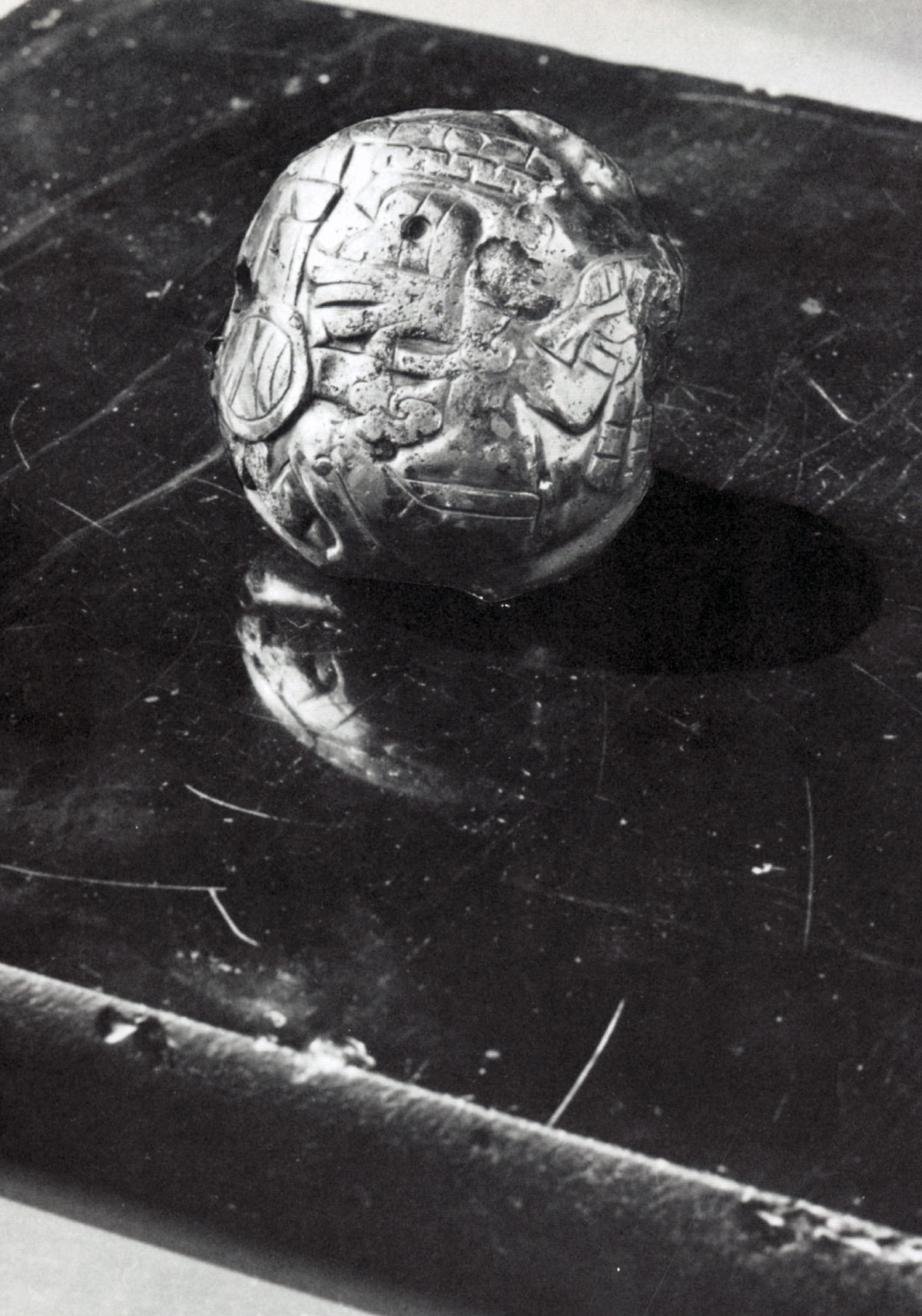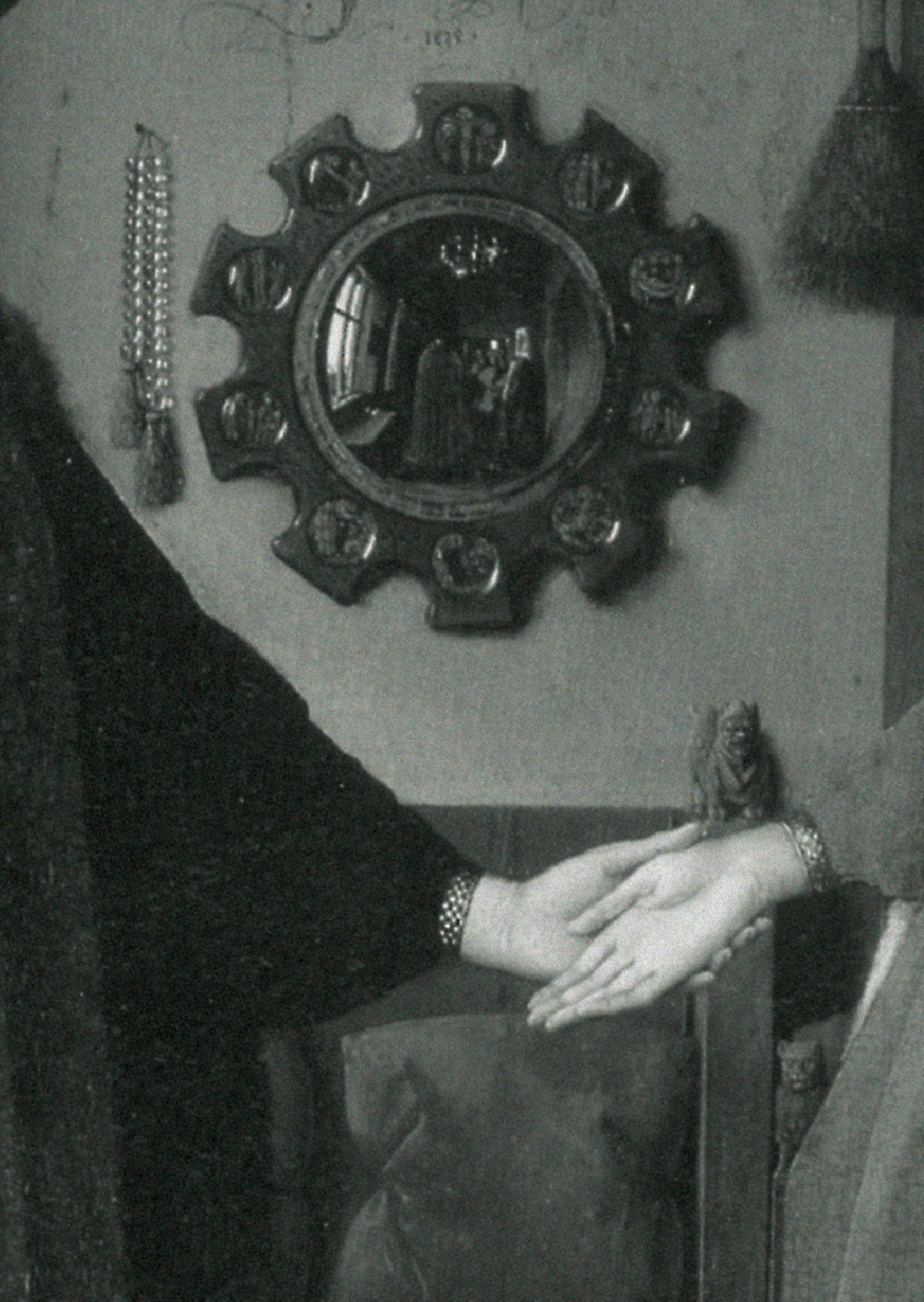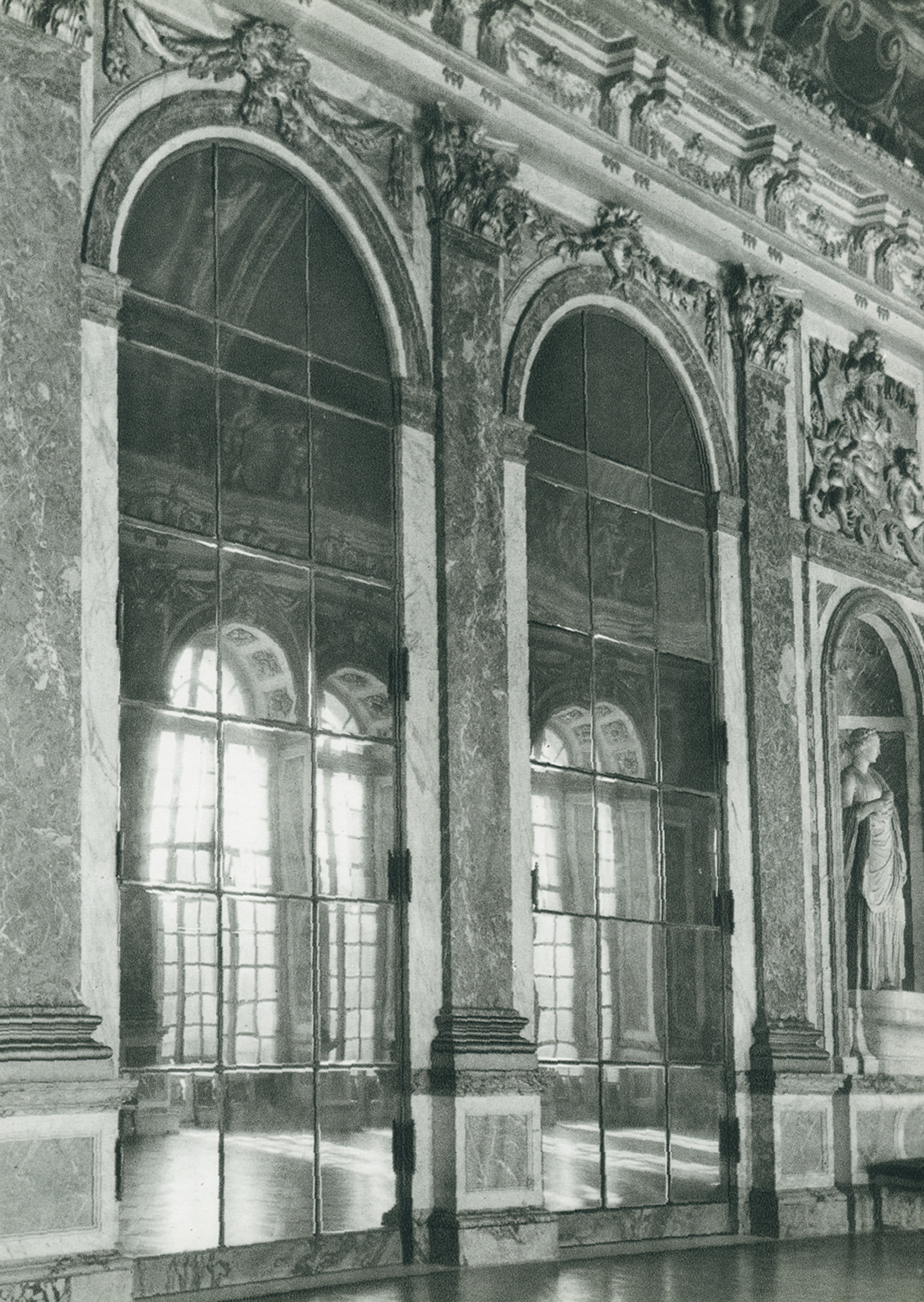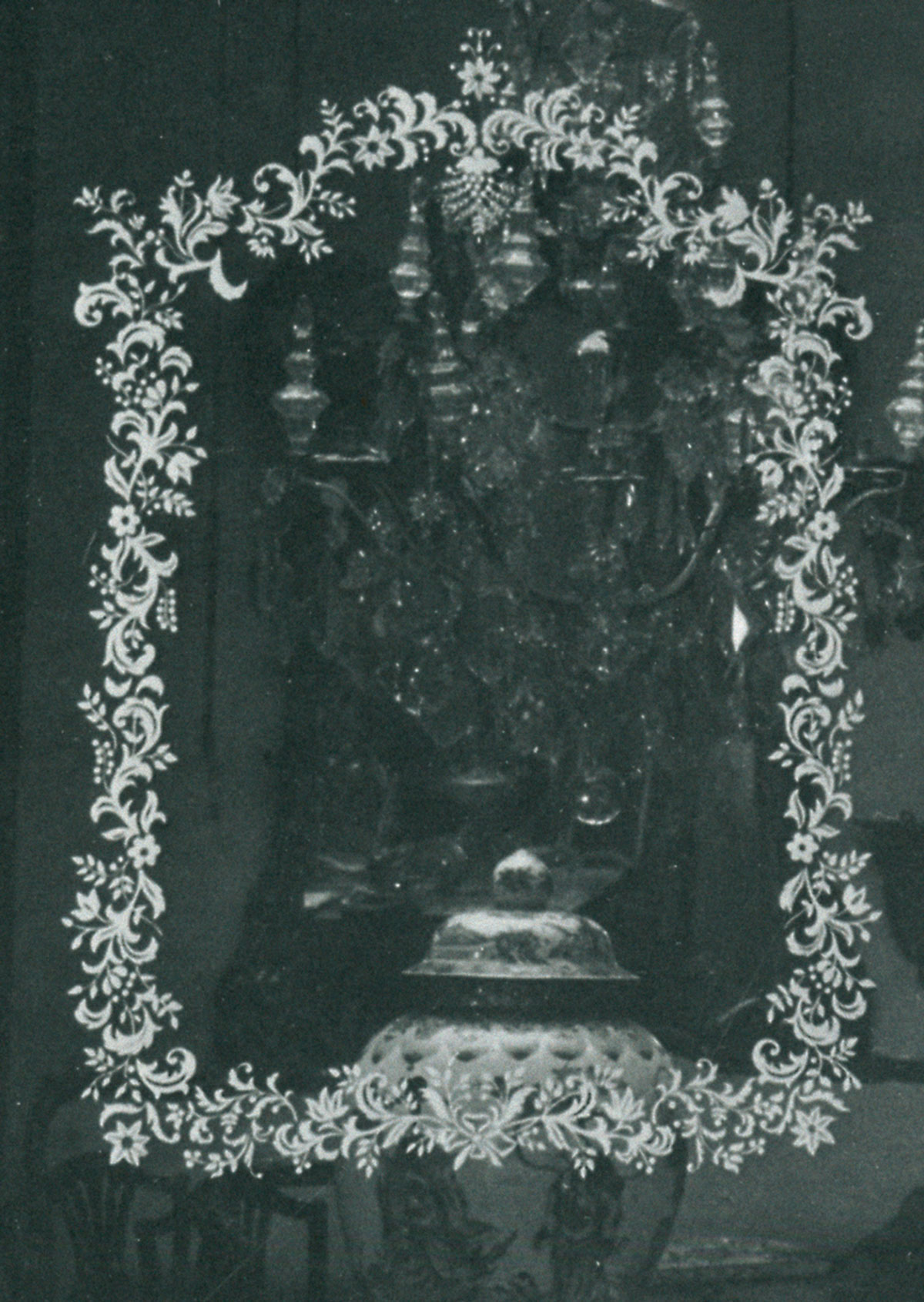A Short History of the Glass Mirror
A reflection on the self
Josiah McElheny
The first glass mirrors, appearing in the Neolithic period in Turkey, Central America, and other places at least as far back as 6000 BCE, consisted of obsidian, a naturally occurring black glass. When this material was honed carefully into a flat, polished surface, it provided a dark and haunting vision of the self. In the Roman era, man-made glass was extensively developed within a huge industry that spanned the Empire. Despite devising a myriad of sophisticated techniques, it appears that the Romans, experimenting with glass and lead, were only able to produce very small crude mirrors.
Over seven thousand years after the invention of the first obsidian mirror, the next technical development in glass mirror-making finally emerged just before the Renaissance during the resurgence of the glass industry in the West. By the fourteenth century CE, convex mirrors of relatively clear glass and significant in scale began to be made in a variety of European locations. Like the centrally placed mirror in Jan Van Eyck’s Wedding Portrait (1434), the convex mirror cast the viewer in an encompassing but distorted view of reality.
Following the fall of the Roman Empire and its network of glass factories, the ability to make high-quality clear glass had been generally lost to the West. The skill was only reintroduced by the Venetians, who may have acquired it from slaves brought back from trading forays to Syria, where the knowledge had been retained from the early Roman Empire and continually nurtured during the European dark ages. During the sixteenth century, inhabitants of the Venetian island of Murano, used their famous “cristallo” glass recipe (which provided an adequately transparent material) to perfect a technique of mirror making that involved applying an amalgam of tin and mercury to the back of a smooth sheet of glass. By 1600, they were able to produce a relatively large, flat expanse of very clear glass that reflected the “objective” view of the body still so captivating today. What followed were a hundred years of espionage and failed attempts by other nations as they tried to imitate the Venetian method.


Louis XIV was finally able to convince a group of Venetian glassmakers to divulge their secrets. Venice’s infamous Council of Ten rewarded the Venetian traitors with assassination in Paris in 1667. They never taught the Frenchmen everything they needed to know, however, and the race for the technology continued until 1700 by which time the process had spread far beyond Venice. This resulted in such an abundance of metallically backed glass that mirrors became mere light catchers to enliven the household, prized as evidence of social standing. By the late eighteenth century, in response to this ubiquity, the perfect plane of the mirror had been embellished and engraved, supplementing viewers’ reflections with overlaid images of flowers, flourishes, and other patterns.
In the changing material nature of the mirror as object, we might glimpse a parallel development of the idea of the self in Western culture—and by extension, in Western art. In the beginning, Narcissus sees himself (perhaps not even realizing it is himself) reflected in the dark water of a pond. This image, like that offered by the first obsidian mirror, is accurate to a point. But it is occluded, so darkened that it is unlike the normal vision of reality. In the dark black glass of the “narcissus” mirror, the self is still mysterious and ultimately unknowable.
Much later, the average European burgher is provided with an encapsulated and distorted self-image in a similarly bent but well-appointed room. Now a clearer, inclusive version of reality is presented, one that represents the attempt to define the self’s place in the social world. But this view of the self is distended, strange.


As the Renaissance is absorbed into the seventeenth century, and after the famous Hall of Mirrors at Versailles is built in 1682, large, flat mirrors that display the whole body become part of the indoor landscape of Europe and the Americas—at least for the upper classes. Pocket versions of these mirrors, meanwhile, are widespread throughout society. These new objects provide a seemingly objective view of the human form in all its specificity, creating a previously unattainable picture of physical reality. The flat mirror engenders a correspondingly “perfect” image of the self, one that is transparent and knowable, stable and exterior, a vision not filtered through the perceptions of others.
The march of economic development and the industrial revolution soon bring mirrors into every room of the commodity-rich house, diminishing some of their power to astonish and fascinate. To reinvigorate the reflected bourgeois self, distinct decorative motifs are added to the mirrored surface, resulting in an object newly valuable as décor and reasserting the owners’ status via indicators of taste and social position. The self-image is interrupted by an overriding pattern or veil. In this vision, one is no longer one’s body only, but a construction assembled in layers, an identity formed from and fused with the fashions and preferences of the day.
The glass mirror then moves on from a narrative of the self, and this short story ends. Having become ubiquitous in the interiors of the late eighteenth and nineteenth centuries, in the twentieth the mirror meets glass architecture. Huge mirrored surfaces multiply the very image of landscape itself. And now, in the twenty-first century, it is difficult to pin down our “mirror stage”: We are provided with an extensive choice of mirrors and reflective distortions, in an endless variety of materials and forms. Nothing to do with the mirror is ever fixed—reflections of ourselves are always in flux.
Josiah McElheny is a New York–based artist who exhibits internationally. The articles in this issue are an extension of research he has done to create artworks of his, such as The History of Mirrors (1998) and his current group of works about the conversation, described here, between Isamu Noguchi and Buckminster Fuller. His most recent show, “Total Reflective Abstraction,” was at Donald Young Gallery in Chicago.